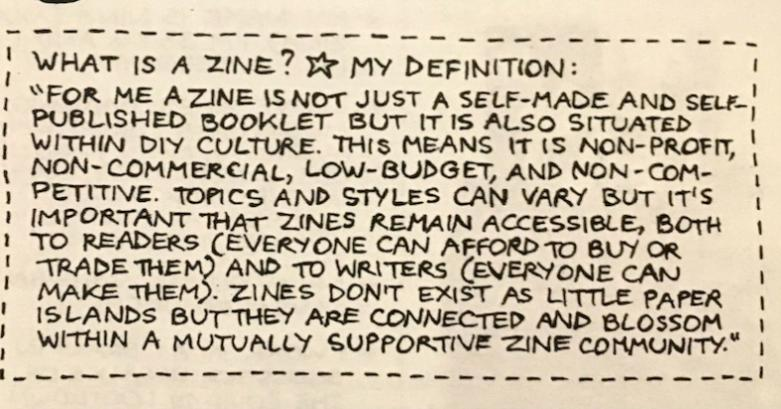

Volume 57
Published on April 2025Volume title: Proceedings of ICLLCD 2025 Symposium: Poular Music Practices in Film:Sound Design and Composition Symposium

Zine culture includes many cultural practices, like DIY making, Lofi, etc. It also crosses the different cultures and binds them together. Social communities and diverse groups are bound together through culture. Zine culture, as a form of culture originating in the West, has been introduced to China and has developed its own new ideas and content within the Chinese culture. China is a multi-ethnic and multi-cultural country. Different places have their own local traditional culture. For example, each place has a different dialect. Zine culture, with its many DIY forms of cultural expression such as text and pictures, has an important significance and role in spreading and developing local culture. Therefore, this paper will explore the connection between zine culture and local culture. Because of the unique features of zine culture, it provides a platform for local traditional culture to develop. Cultural diversity could be seen as the basis of a national cultural balance. Thus, zine culture promotes national cultural harmony.

 View pdf
View pdf


Many Internet media outlets refer to 2021 as the "Year of the Boom of Chinese Stand-up Comedy." The rapid development of stand-up comedy culture can be attributed to its chain-like creation and distribution mechanism. Comedy, rooted in jest and banter, allows individuals to unmask each other and revel in the happiness of free expression. However, behind this lighthearted facade lies the commodification of happiness, performance, and even the audience, all driven by the forces of capital and industrialized comedy production. This article examines Fu Hang's talk show videos on Douyin platform, employing text analysis, data analysis, and media criticism theories related to the cultural industry. By analyzing Fu Hang’s content, related videos, and audience engagement, this paper explores the commercialization embedded in the production and dissemination of his talk show videos. Ultimately, Fu Hang's stand-up comedy videos on Douyin exemplify how “laughter” is industrially produced in a manipulative, mechanical and commercial way.

 View pdf
View pdf


This essay explores the dual themes of chaos and liberty in the immigrant experience by analyzing Charlie Chaplin's The Immigrant (1917) and its use of metaphor. Through the persona of the "Little Tramp," Chaplin employs metaphor to highlight the disparity between the harsh realities faced by immigrants upon arrival in America and the romanticized American Dream. The Tramp, a metaphor for the immigrant, traverses a world of exploitation, poverty, and uncertainty while exhibiting the fortitude and tenacity needed to thrive in a foreign country. The paper explores Chaplin's use of visual metaphors to illustrate the confusing and chaotic circumstances that many immigrants face, such as the Tramp's awkward interactions with his surroundings. The struggles of the people are contrasted with the metaphor of liberty. The Tramp's hardships are contrasted with the metaphor of liberty, highlighting the contrast between the difficulties of assimilation and the promise of freedom. Through an analysis of these metaphors, the paper makes the case that Chaplin both celebrates the immigrants' self-made efforts to achieve the American Dream and criticizes the socioeconomic circumstances of the era. This paper examines how Chaplin's use of metaphor enhances the film's emotional and thematic impact by providing a complex depiction of immigration that goes beyond its humorous surface.

 View pdf
View pdf




